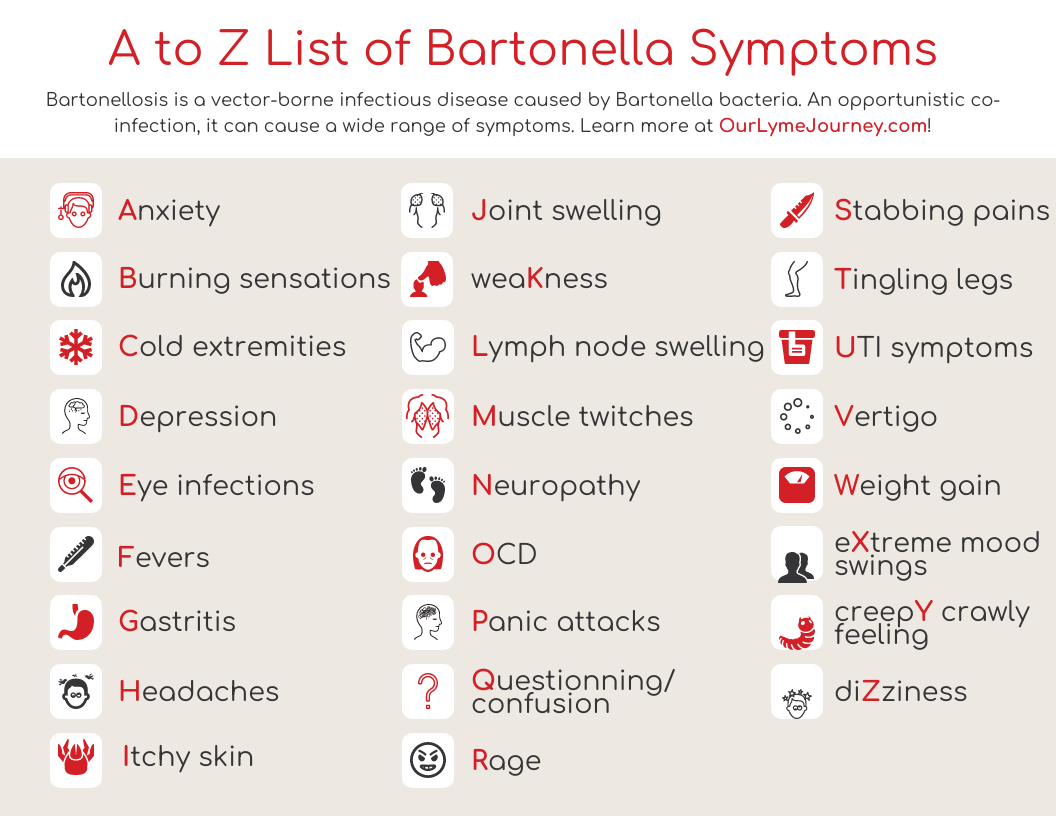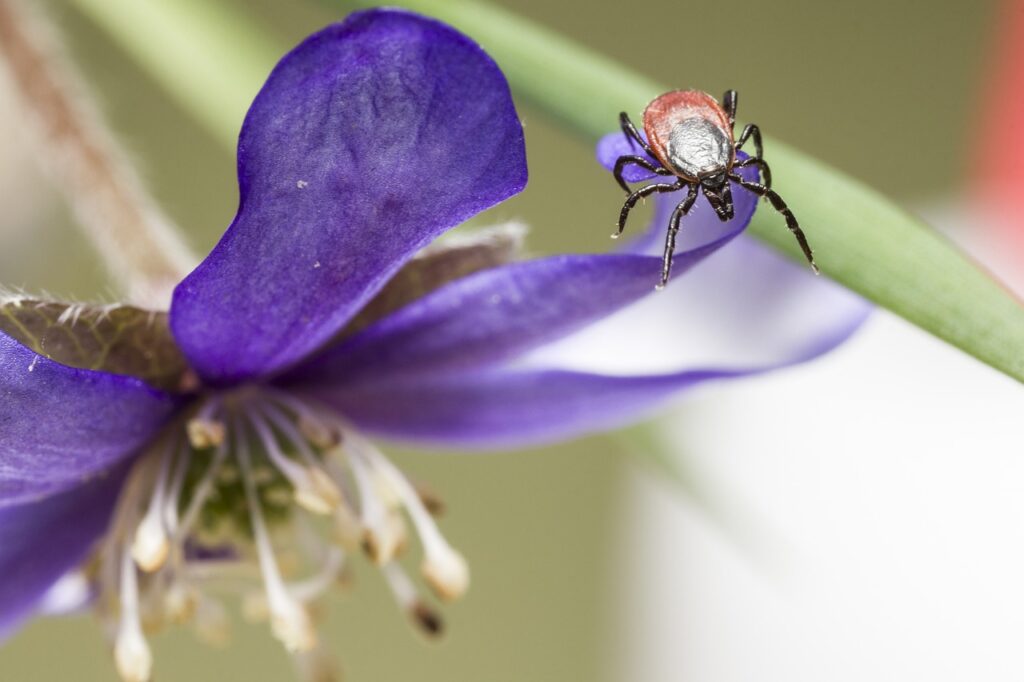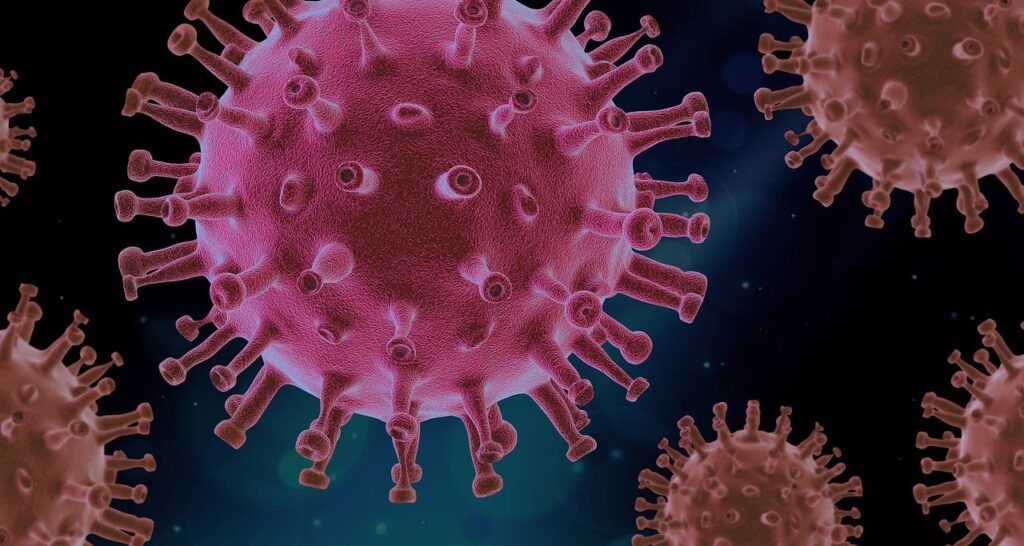Treatment for Bartonella sometimes feels like battling a beast.
At my seventh appointment with my Lyme specialist, she revealed I probably had bartonellosis. The bacteria Bartonella henselae causes one type of bartonellosis called cat scratch disease. As the name suggests, scratches from cats with infected fleas can transmit the disease.
We also know ticks carry the pathogen, but can they pass it to humans? As Columbia University Irving Medical Center says, “The evidence for ticks as vectors of Bartonella organisms is circumstantial but fairly strong.”
The Beast Was Strong with This One
Sure enough, my Bartonella henselae blood test returned positive. In fact, Dr. McIntyre said my numbers were “higher than we normally see.” Put another way, the beast was mighty within me.

Also, though my late antibodies were positive, my early ones were negative. I asked Dr. McIntyre how long it takes for the late antibodies to develop and the early ones to disappear. She said at least three to six months. In other words, at the time of testing, I had already been infected for several months or more.
Did I contract bartonellosis at the same time I contracted Lyme disease four years prior? Or did I catch it later because my immune system was suppressed from my Lyme infection?
Either is possible. From journal entries, I know I started becoming more irritable nine days after my probable Lyme infection date. Of course, irritability is also a symptom of Lyme disease. Still, Bartonella is a slow-growing bacteria. Perhaps my irritability signaled the birth of a burgeoning problem.

Treatment for Bartonella: Rifampin and Clarithromycin
I started taking rifampin and clarithromycin in the way Dr. McIntyre prescribed. To avoid extreme flares, she had me work my way up to full doses over the course of several weeks. I also upped my probiotics intake and started taking N-Acetyl Cysteine (NAC).

Still, I flared. My feet burned. My muscles twitched. My stomach felt like it was being stabbed. Instead of just feeling itchy on my neck and scalp, I started itching all over.
To make matters worse, the antibiotics brought side effects. Fatigue, fevers, red urine, abdominal cramping, and a sore tongue were the cost of my freedom.
Even so, within two or three months, my Bartonella symptoms had vanished. The beast had fought back, but I had triumphed.
Soon, though, I would be diagnosed with three more conditions. Want to know what they are? Click here to continue reading my story!




Pingback: Beauty and the Belligerent Bartonella Beast - Never Alone
Pingback: Drug-Induced Lupus? The Week of Murphy's Law - Never Alone
Pingback: Lyme-Literate and Covered by Insurance? Sign Me Up! - Never Alone
Pingback: Lupus? Or Yet Another Lyme Disease Symptom? - Never Alone